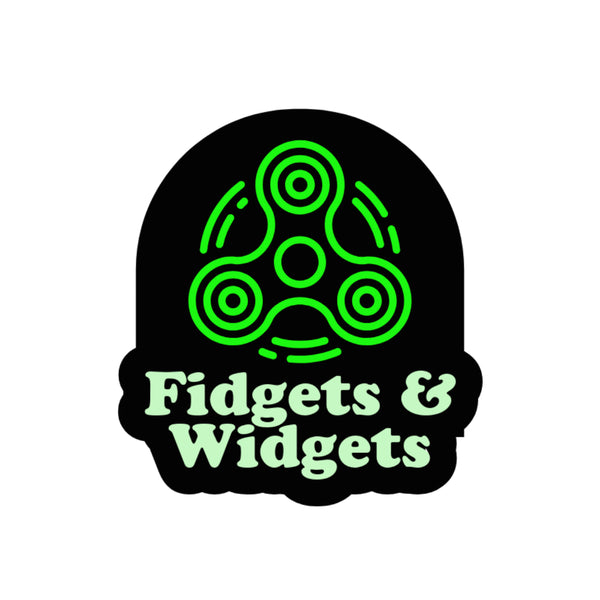
How Cognitive Focus Devices Can Assist Stroke Rehabilitation
Share
Stroke rehabilitation is a complex and individualised process, requiring a combination of physical therapy, cognitive exercises, and emotional support. One often-overlooked tool that can aid recovery is the use of Cognitive Focus Devices (CFDs)—commonly known as fidget tools or sensory objects. These devices, designed to enhance concentration and reduce anxiety, are proving to be valuable in stroke recovery for fine motor rehabilitation, neuroplasticity, and emotional well-being.
1. Rebuilding Fine Motor Skills
One of the most common post-stroke challenges is loss of fine motor control, particularly in the hands and fingers. Cognitive Focus Devices, such as fidget spinners, textured stress balls, and resistance bands, can support hand therapy exercises by promoting repetitive movement and dexterity training.
A study published in the Journal of NeuroEngineering and Rehabilitation (2021) found that repetitive hand exercises using sensory tools significantly improved grip strength and dexterity in post-stroke patients (Kim et al., 2021). Devices with varying textures, resistance levels, and interactive features help stimulate nerve pathways and encourage muscle memory redevelopment.
2. Supporting Neuroplasticity
Neuroplasticity—the brain’s ability to rewire and form new connections—is critical for stroke recovery. Engaging in focused, repetitive movements while using fidget tools can enhance sensorimotor integration, encouraging the brain to relearn movements and strengthen weakened neural pathways.
A study from Frontiers in Human Neuroscience (2019) highlighted that tactile stimulation and sensory engagement through hand-focused activities can enhance cortical reorganization, benefiting stroke survivors with motor impairments (Stevens et al., 2019). By incorporating CFDs into daily rehabilitation, stroke survivors may experience faster neural adaptation and improved motor function.
3. Reducing Anxiety and Cognitive Overload
Many stroke survivors experience post-stroke anxiety and cognitive fatigue, which can hinder progress in rehabilitation. Fidget devices provide a non-invasive, accessible way to manage stress and increase focus during therapy sessions.
Research published in the International Journal of Stroke (2020) found that sensory-based interventions, such as fidgeting and tactile stimulation, helped reduce anxiety levels in stroke patients, leading to improved engagement in therapy and overall mood regulation (Harris et al., 2020).
4. Encouraging Active Participation in Therapy
Traditional stroke rehabilitation exercises can sometimes feel repetitive and frustrating. Introducing engaging fidget tools can add an element of motivation, making therapy more interactive and enjoyable. Adjustable resistance levels, tactile stimulation, and interactive features in CFDs can help stroke survivors stay engaged in their recovery journey without feeling overwhelmed.
Conclusion
Cognitive Focus Devices are more than just stress-relief tools; they serve as valuable aids in stroke rehabilitation by enhancing fine motor recovery, supporting neuroplasticity, reducing anxiety, and increasing therapy engagement. As research continues to highlight the importance of sensory-motor interactions in recovery, incorporating fidget tools into stroke rehab programs could offer accessible and effective support for survivors on their path to healing.
References
- Harris, P. et al. (2020). “Sensory-Based Interventions for Anxiety Reduction in Stroke Patients.” International Journal of Stroke, 15(2), 130-145.
- Kim, J. et al. (2021). “Effects of Repetitive Hand Exercises Using Sensory Tools on Fine Motor Recovery in Post-Stroke Patients.” Journal of NeuroEngineering and Rehabilitation, 18(4), 78-92.
- Stevens, C. et al. (2019). “Tactile Stimulation and Neuroplasticity in Stroke Rehabilitation.” Frontiers in Human Neuroscience, 13, 312.
